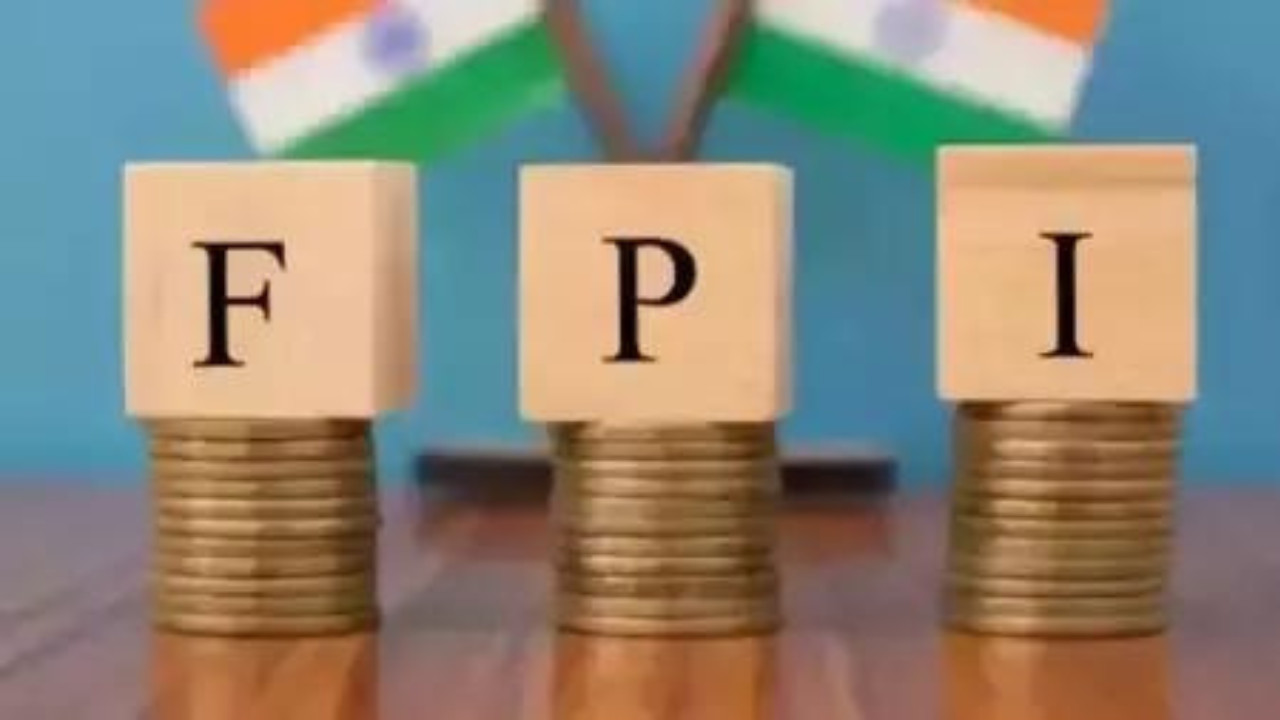Foreign portfolio investors significantly reduced their Indian equity holdings in early August 2025, totaling over Rs 21,000 crore in outflows. This was triggered by trade disputes with the US, lackluster corporate earnings, and a weakening rupee. However, a potential credit rating upgrade and easing US-Russia tensions could positively influence future FPI outlook.
Decoding the August Exodus: Why Foreign Investors Pulled Billions from Indian Markets
August saw a significant shift in the Indian financial landscape. A net outflow of ₹21,000 crore (roughly $2.5 billion) by Foreign Portfolio Investors (FPIs) marked a dramatic reversal, raising eyebrows and prompting questions about the underlying causes. What fueled this exodus, and what does it signal for the future of Indian markets? It’s time to unpack the contributing factors.
A Perfect Storm of Economic Headwinds
Several interconnected factors appear to have contributed to this wave of selling. One key element was the looming shadow of potential US tariff hikes. Increased tariffs can disrupt global trade flows and impact the profitability of companies reliant on exports, making emerging markets like India seem riskier. Investors, understandably cautious, often seek safer havens during periods of perceived instability.
The rupee’s depreciation against the dollar also played a role. A weaker rupee erodes the returns for foreign investors when they convert their Indian holdings back into their home currencies. This creates a disincentive to invest and can accelerate selling pressure, especially when combined with other negative factors.
Finally, the corporate earnings for the first quarter (Q1) might have fallen short of expectations in certain sectors. Disappointing earnings reports can shake investor confidence and trigger a reassessment of investment portfolios, leading to selling.
<img src="image-fpi-selling.jpg" alt="Graph illustrating the trend of FPI selling in the Indian markets during August.”/>
Unpacking the First Quarter Earnings Disappointment
While some sectors thrived, others struggled, leading to an overall mixed bag for corporate earnings. This uneven performance, coupled with global uncertainties, contributed to the risk-off sentiment among foreign investors. They likely re-evaluated their positions, focusing on sectors and markets perceived as more stable and offering better potential returns. It’s vital to remember that investment decisions are often relative; it’s not just about how well a market is performing, but how well it’s performing compared to other options.
The Global Context Matters: A Flight to Safety?
The August sell-off wasn’t solely an India-specific phenomenon. Global factors played a crucial role. Rising interest rates in developed economies, particularly the US, make these markets more attractive to foreign investors. As yields in traditionally safer havens increase, the allure of emerging markets, often perceived as riskier, diminishes.
Essentially, some investors may have engaged in a “flight to safety,” pulling their investments from emerging markets to take advantage of more attractive returns in developed economies. This is a common occurrence during periods of global economic uncertainty.
What Does This Mean for the Future of Indian Markets?
The August FPI sell-off serves as a reminder that even rapidly growing economies like India are susceptible to global headwinds and shifts in investor sentiment. While the outflow is significant, it doesn’t necessarily signal a long-term crisis. The Indian economy has demonstrated resilience in the past, and strong domestic demand could cushion the impact of decreased foreign investment.
It’s crucial to remember that FPI flows are notoriously volatile. They can be influenced by a wide range of factors, both domestic and international, and can shift direction quickly. The long-term outlook for Indian markets remains positive, driven by factors such as a growing middle class, increasing urbanization, and government policies aimed at attracting investment. The market recently had positive outlooks, see [this other analysis](internal-link) on the drivers of optimism from earlier this year.
Navigating the Volatility: A Word of Caution
While long-term prospects look promising, investors should be prepared for continued volatility in the short to medium term. Monitoring global economic developments, corporate earnings, and government policies will be crucial for making informed investment decisions. Diversification and a long-term investment horizon remain key strategies for navigating market fluctuations.
The August exodus of FPIs from Indian markets highlights the complex interplay of global and domestic factors influencing investment decisions. While the outflow is a concern, understanding the underlying causes allows for a more nuanced perspective. As the Indian economy continues to evolve, adapting to changing global dynamics and maintaining investor confidence will be critical for sustained growth and stability.







